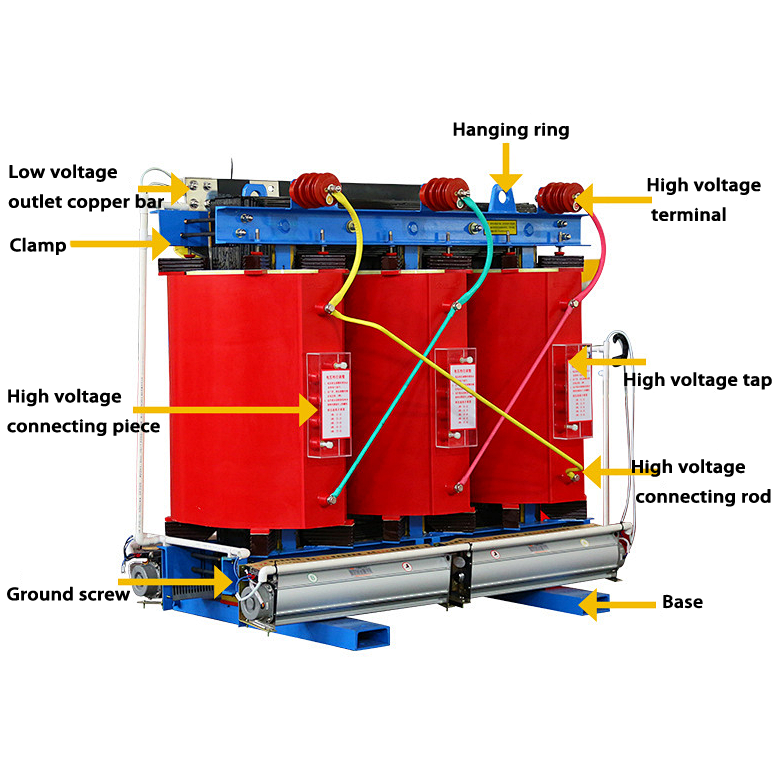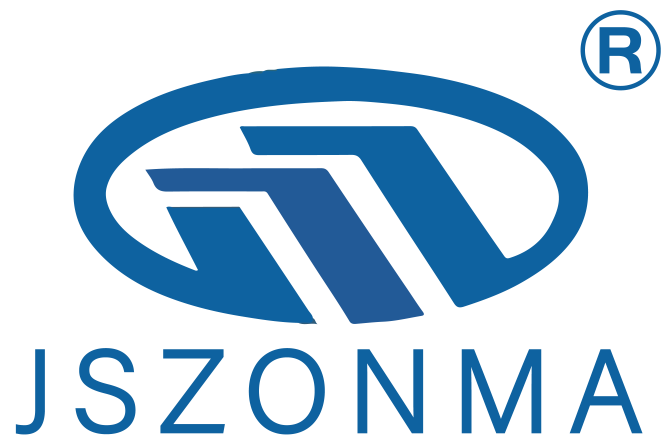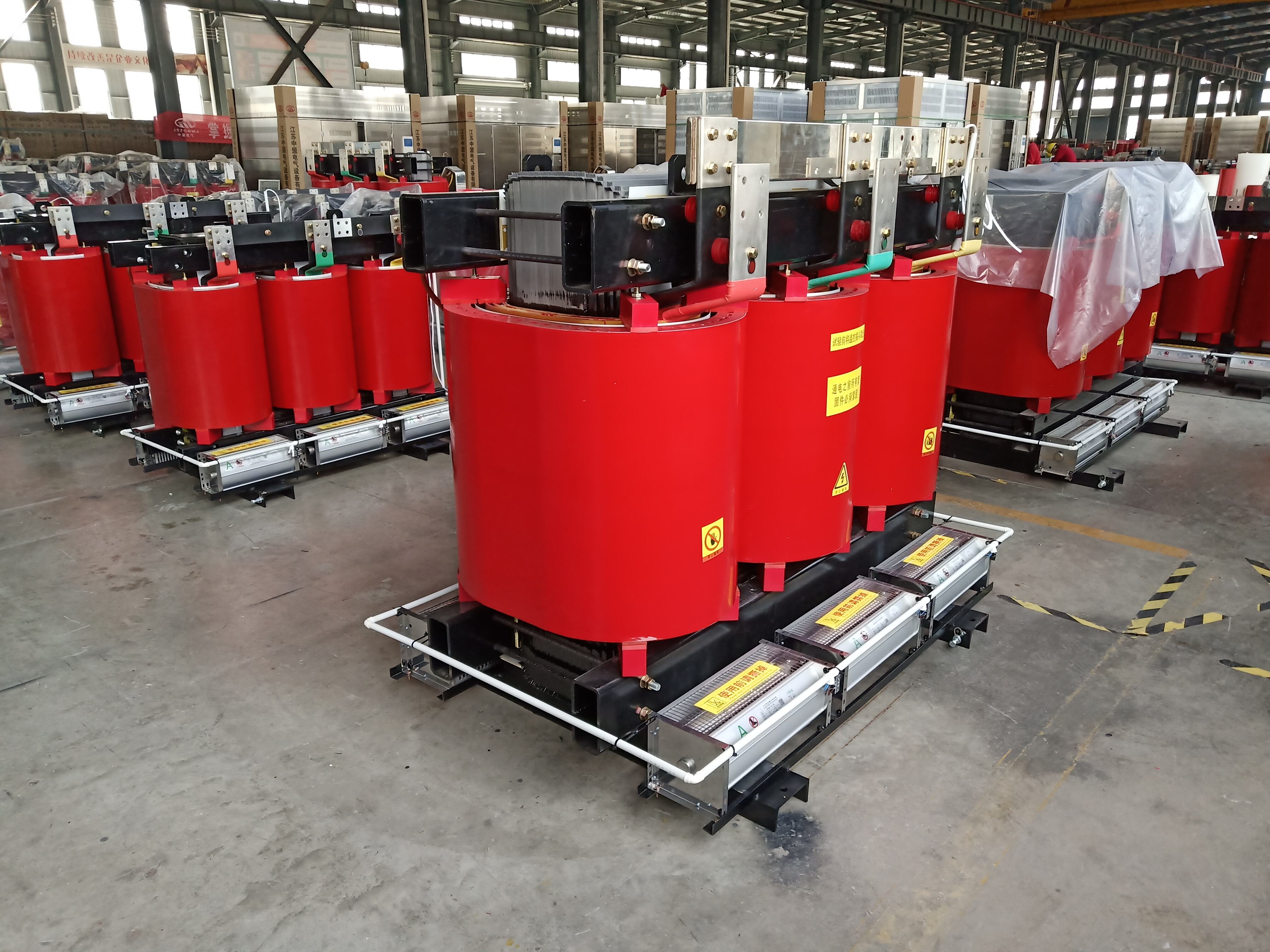Assessing Insulation Integrity and Dielectric Strength
The integrity of the insulation is essential for the sooth and safe operation of power transformers and requires in-service inspections to reveal the possible areas having vulnerable points. Normal inspections can help identify degradations of insulation The failure of which would imply high risks. In order to maintain these materials tankages, it is necessary to test dielectric strength. This describes the insulation's ability to effectively resist operating voltages. VOLTAGE RATINGS By measuring actual voltage ratings, we can truly assess the state of insulation, allowing for interventions” if required. Additionally, advanced techniques such as thermography and partial discharge measurements can be integrated to detect early penetration paths. These are preventive measures that proactively keep transformers from premature failures.
Monitoring Oil Quality and Moisture Content
Routine check on of the quality of transformer oil is essential for system degradation prevention and continuing performance. The dissolved gasses and the oil-water content should be thoroughly determined in the laboratories. The existence of water is easy to cause oxidation, sludge and negatively affect the operation of transformer. To solve these problems, oil-dehydration cure methods, such as vacuum-style processing must be utilized. ̌ Adherence to vibration tolerance levels, and maintaining acceptable moisture content limits, are paramount in increasing the life of the transformer. Continuous monitoring regimes also help to ensure transformers are running at their best, which in turn reduces the possibilities of lock-out and other undetermined events.
Evaluating Cooling System Efficiency
The performance of the cooling system strongly influences how well transformers dissipate heat and should be thoroughly considered. Temperature metering from different transformers under load should be monitored regularly. "Such information enables the cooling process to be monitored for potential inefficiencies. Performing maintenance such as coolant changes and cleaning your radiator is just one key to avoiding overheating and maintaining proper function. Complying with a set of guidelines such as those outlined by the American Society of Heating Refrigerating and Air-conditioning Engineers (ASHRAE) can offer a good foundation for comparison cooling systems in varying environments and make the best practice translation better suit local conditions. Together these strategies help to ensure reliable transformers and the longevity of transformer assets. ## Prevention For The Sake Of Long Life
Thermal Imaging for Early Internal Fault Detection
The use of thermal imaging for transformer preventive maintenance the preventive action of a potential internal fault to take place. Frequent thermal sensing can identify hot spots and areas of high temperature, which are associated with potential issues that may worsen if unaddressed. For example, if defects can be spotted early, case studies have demonstrated that it could extend the life of a transformer by as much as 15%. Using thermal analysis as part of the scheduled maintenance and general condition checks, we can rely on our preventive maintenance to be more fact driven - to help in identifying the problems before the issues impact the operation of power transformers.
Cleaning External Components to Prevent Overheating
The presence of dust and dirt on its external walls can significantly hamper a transformer's ability to release heat, which in turn can cause overheating and subsequent dysfunction. Regular cleaning for the external interface should be carried out based upon the degree of external contamination of environmental conditions, so that the device can perform the best external interface. Scheduling cleaning periods associated with certain exposure to contaminants will enhance the performance of heat transfer systems. In addition, through the use of environmentally friendly cleaning agents, we can create a maintenance approach were transformer parts can be cleaned while keeping potential negative impact to the environment to a minimum, for a more sustainable maintenance.
Implementing NFPA 70B Maintenance Standards
Adherence to the NFPA 70B maintenance standards offers a methodical procedure for achieving a high level of safety and reliability in electrical apparatus, including transformers. These standards provide fundamental guidelines and precautions that reduce the risk associated to electrical failures. These reports also show that compliance with NFPA 70B reduces the potential for accidents, making an operation safer. Training your maintenance personnel in these procedures will help you establish and maintain the overhauling and reassembly standards in your entire organization, so as to prevent failures and accident during the transformer service life. ## Sophisticated Load Control and Monitoring
Preventing Overloading Through Load Condition Analysis
It is very important to avoid the over loading of the transformer to achieve the efficiency and reliability of the transformer. Load studies *With the help of load studies, it becomes possible to figure out the load conditions of the current transformers so that they can work within their safe limits. This kind of data analysis is crucial to identify potential overloading risks and prevent unnecessarily stressing the system. Tools such as power recorders are available that allow us to observe and quickly identify cases of overloading. Close monitoring of such a presert of conditions enables us to address problems before they lead to failure, it has been reported that load management can help reduce failures by as much as 20%.
IoT-Driven Real-Time Performance Monitoring
In recent years, with the arrival of the IoT (Internet of Things), the real-time monitoring of transformers has been greatly improved. Applying IoT-based solutions gives a capabilities for continuous monitoring, which makes the operation more transparent and data collection more complete. Real-time analytics assist in recognizing underperforming metrics early and in taking proactive measures prior to minor problems become significant failures. Furthermore, implementing IoT solutions can help to drive down maintenance costs significantly, with some analytics reporting savings of as much as 30%. It is these game-changers that highlight the significance of smart transformer management in the body of information throughout the years that reinforces the important role of smart transformer management in the ever accelerating digitization of the power management ecosystem.
Data-Driven Inspection Frequency Optimization
Effective maintenance that reduces the number of any and all forced outages depends upon the data based, condition driven optimisation of turnaround frequency. With the analysis of operational data, we can develop tailored inspection plans that match the specific operation criteria of each transformer. This is not just an efficient maintenance operation, but a 25% enhancement of activity efficiency if you ask the numbers. This is where predictive analytics can help by calculating the most significant inspection intervals, considering transformer load cycles. These understandings can all be employed for the optimization of tests, so that we can conduct timely and effective tests to extend the life and keep high performance of transformers. ## Caring for and Changing Critical Components
Silica Gel Breather Maintenance for Moisture Control
It is essential for moisture control in transformers that inspection and replacement of silica gel breathers be carried out routinely. They are made as moisture absorbers for use in transformers. A regularly scheduled replacement program can reduce moisture content and improve transformer operation. Studies show that properly maintained silica gel breathers can enhance operational performance and help to prevent outages. These procedures play an essential role in the overall reliability and life of transformers, which are the heart of power distribution.
Addressing Oil Degradation and Sludge Formation
Controlling oil aging, breakdown and sludge formation in transformers assumes tight routines for oil quality monitoring. If a buildup of sludge is detected early, utilities can avoid expensive mechanical failures. Organizing timely oil treatments and replacements according to OEM rules guarantees transformer oil reliability. It has been confirmed by research that systems taking a proactive approach to oil challenges battle with 40% less mechanical failures. They not only stop a decline and the oil's dielectric strength of the oil from becoming destroyed and provide protection for transformers from operational disturbances.
Lifecycle Planning for Core Component Upgrades
Lifecycle planning for transformer core component replacement will be necessary in order to retain its reliability throughout time. A lifecycle solution plan proactively promotes the upgrade to prevent unexpected failures. Utilities can assess component performance and make armed decisions about upgrades using measurements from the past. Field statistics show that proper lifecycle management can stretch transformer life an average 10 years. With this approach, the transformers remain useful within their designated service life, irrespective of varying network demands and operational conditions. OPSC Summary of 2019 Title 24: Best Practices for Compliance and Safety

Adhering to Manufacturer Maintenance Schedules
It is essential to adhere to manufacturer preventive maintenance schedules to ensure that transformers provide the best performance and efficien. These recommendations are crucial for proper maintenance intervals and to avoid unnecessary downtime. An audit conducted regularly will make it easier to comply with these time schedules, allowing businesses to document and perform maintenance activities. The statistics show that transformers following the manufacturer schedule have a downtime which is reduced by I 0-30%, thus much of the operational cost is contained.
Implementing Redundancy for Critical Systems
It's important to build redundancy features into your most important systems to provide you with some safety when systems inevitably break. You should already know what systems and what portions of those systems where backup is necessary. Risk assessments help to identify critical components so that redundancy can be devised for them. Redundancy incorporation can enhance the reliability of such systems and can mitigate system failures and related system downtime, and reduce repair expense.
Safety Protocols for Transformer Fleet Reliability
It is important to strictly follow safety practice to keep the transformer fleet reliable. These procedures are performed safely, avoiding accidents and improving the overall process of operations. Instruction of staff in safety procedures promotes a safe working environment and lead to a lower incidence of accidents. Periodic review and updating of these protocols help to sustain the compliance, which is very critical for transformer reliability.
Frequently Asked Questions (FAQ)
What is dielectric strength testing?
Dielectric strength testing measures the ability of transformer insulation to withstand operating voltages. It's crucial for determining the current condition of the insulation and for facilitating timely maintenance interventions.
Why is monitoring transformer oil quality important?
Monitoring transformer oil quality helps prevent breakdowns and maintains efficiency by identifying dissolved gases and water content, which can lead to oxidation and sludge.
How does IoT enhance transformer maintenance?
IoT technology provides real-time performance monitoring, allowing for continuous data collection and timely detection of performance abnormalities, reducing maintenance costs and improving asset management.
What are NFPA 70B maintenance standards?
NFPA 70B standards outline essential practices for optimizing the safety and reliability of electrical equipment, including transformers, to minimize risks and enhance operational safety.
Table of Contents
- Assessing Insulation Integrity and Dielectric Strength
- Monitoring Oil Quality and Moisture Content
- Evaluating Cooling System Efficiency
- Thermal Imaging for Early Internal Fault Detection
- Cleaning External Components to Prevent Overheating
- Implementing NFPA 70B Maintenance Standards
- Preventing Overloading Through Load Condition Analysis
- IoT-Driven Real-Time Performance Monitoring
- Data-Driven Inspection Frequency Optimization
- Silica Gel Breather Maintenance for Moisture Control
- Addressing Oil Degradation and Sludge Formation
- Lifecycle Planning for Core Component Upgrades
- Adhering to Manufacturer Maintenance Schedules
- Implementing Redundancy for Critical Systems
- Safety Protocols for Transformer Fleet Reliability
- Frequently Asked Questions (FAQ)

